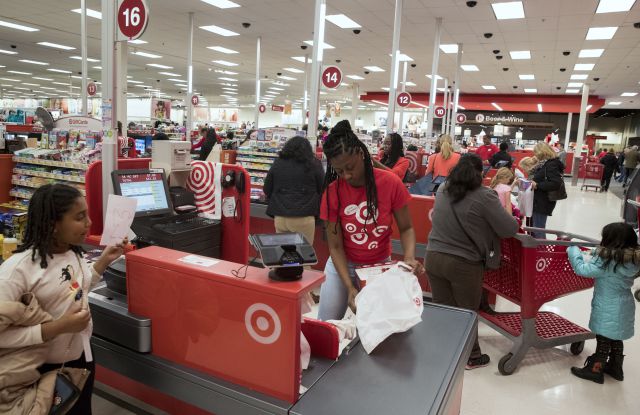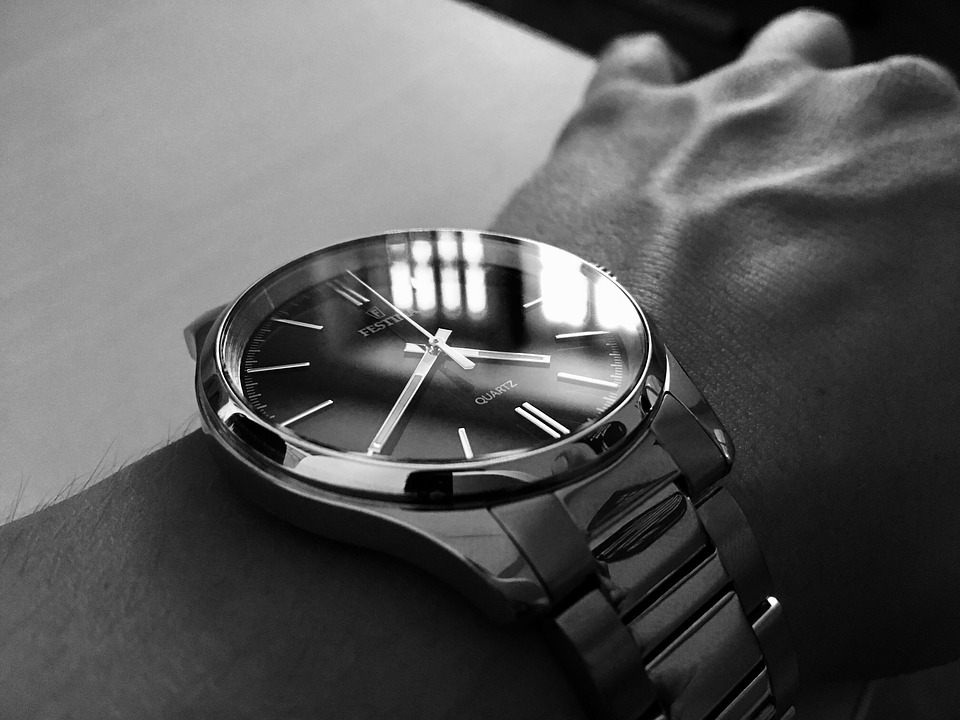What Millennials want, Millennials — should — get. The demographic is increasingly influential as it matures and gains more spending power. With the aging of the demographic come big life events like marriage and having children, which is shaping their shopping behavior. According to a new report, “Building Loyalty with Dynamic Shoppers,” by Valassis, 47 percent of Millennials and 57 percent of Millennial parents have opted to visit a specific retailer for particular types of items.
“The competitive retail climate has made it crucial for brands to differentiate and prove their value to customers,” said Curtis Tingle, chief marketing officer of Valassis. “There are a number of variables that impact a consumer’s decision on where to shop. Discounts, offers, communication frequency, channel of engagement and more, all play a role in determining which brands become preferred retailers and reap the rewards of a loyal customer base.”
To collect the insights, Valassis in conjunction with NPD polled 1,200 U.S. consumers earlier this year. As current brand loyalty becomes strengthened over time, it will be difficult for competitors to draw consumers away for their preferred shopping locations. “Shoppers reported that to earn their loyalty, it’s critical for retailers to safeguard and protect personal information (76 percent); reward them with personalized discounts or special offers (73 percent); and interact with them through their preferred communication channel (55 percent),” said a Valassis spokesman.
Champions aren’t created overnight. The report said in order to hit home runs during key shopping seasons like back-to-school and holiday, retailers need to be dedicated to building loyalty throughout the year. Seventy-three percent of consumers will patronize merchants who have contacted them outside these blockbuster-shopping periods. Just be sure the messaging is purposeful and personalized.
But heightening efforts during key shopping events will have a better chance of drawing Millennial parents away from their typical destinations. According to the report, 49 percent of Millennial parents are more amenable to visiting new retailers during these shopping periods. Targeting this consumer set throughout the work day will likely improve loyalty, too. “Sixty-two percent of Millennial parents often make purchases during work when they see an email, online ad or mobile notification from a retailer,” said the spokesman.
Arguably less groundbreaking, Millennials will shop a good sale when they find one. “Nearly three-fourths (73 percent) of consumers admitted they can be swayed by advertised promotions and sales for where to shop and what to buy. Forty-seven percent of consumers say receiving an offer will drive them to visit a store or web site they don’t typically shop,” said the report.
Feature Image Credit: A Target on Black Friday. REYNOLD/EPA-EFE/REX/Shutterstock



